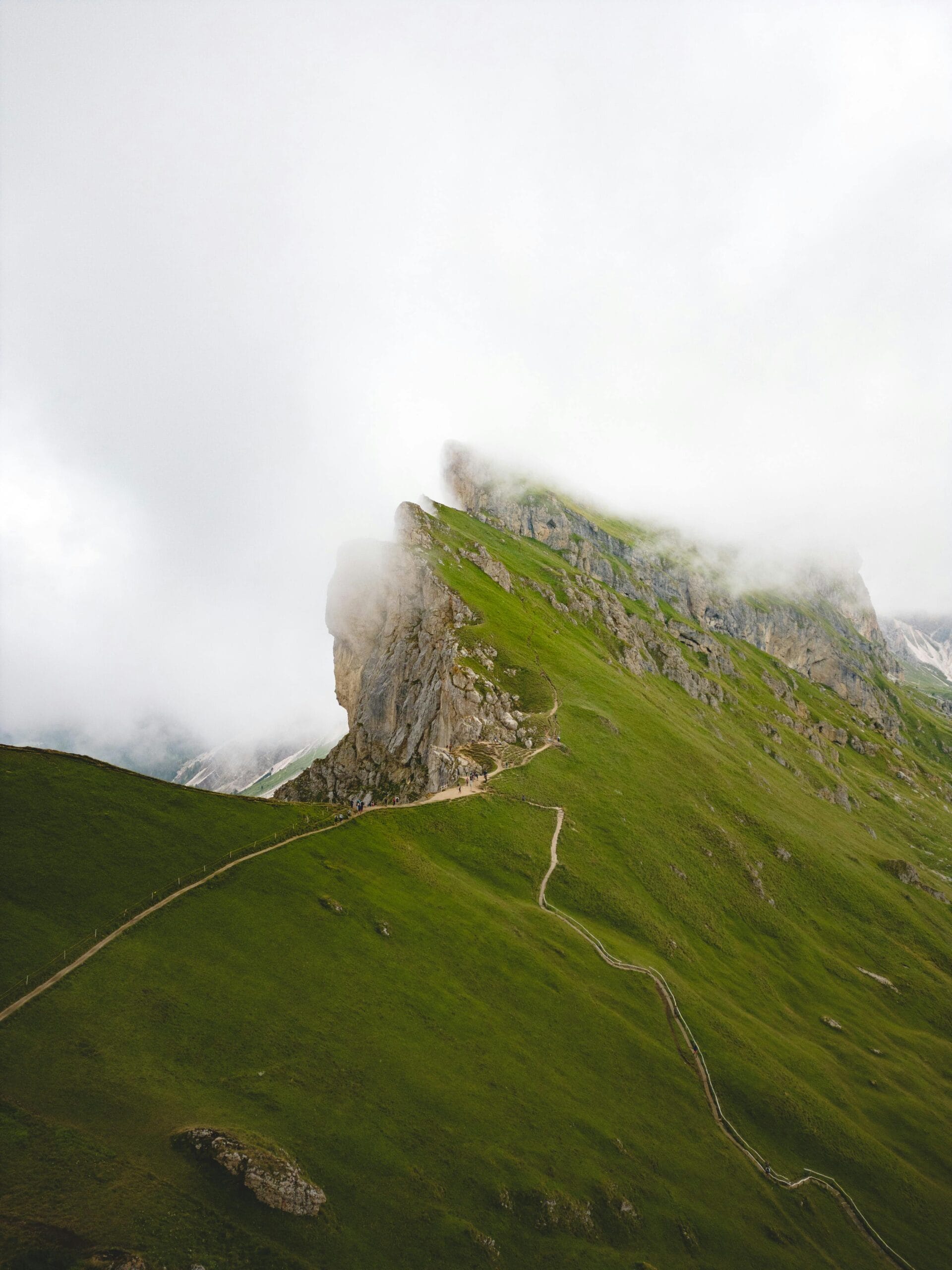The Ngorongoro Conservation Area (NCA), a UNESCO World Heritage Site, is a unique wildlife destination offering year-round sightings in its diverse ecosystems. From the iconic Ngorongoro Crater to the sweeping plains, highlands, and forests, the area’s wildlife activity varies with the seasons. Here’s what you can expect during each part of the year.

January – March: Calving and Predator Action
- What’s Happening:
- The vast herds of wildebeest and zebras gather in the southern plains of the NCA for calving season.
- Over 500,000 wildebeest calves are born, creating a spectacle of new life and attracting predators.
- Lions, cheetahs, and hyenas are especially active, taking advantage of vulnerable newborns.
- Migratory birds add vibrancy, making it a fantastic time for birdwatching.
- Best For: Dramatic predator-prey interactions and birding enthusiasts.
April – May: Quiet Beauty and Lush Landscapes
- What’s Happening:
- The rainy season brings fewer tourists, making this a peaceful time to visit.
- Lush greenery blankets the plains and crater, enhancing scenic beauty.
- Wildlife remains abundant in the crater, with predators, elephants, and hippos easy to spot.
- Best For: Tranquil safaris, green landscapes, and photography with dramatic skies.
June – August: Peak Game Viewing
- What’s Happening:
- As the dry season begins, wildlife concentrates around permanent water sources, especially in the Ngorongoro Crater.
- Resident animals like lions, elephants, buffaloes, and rhinos are easily seen.
- Cooler weather makes safaris more comfortable, especially in the high-altitude crater.
- Best For: Consistent wildlife sightings, excellent crater exploration, and cooler temperatures.
September – October: Dry Season Adventures
- What’s Happening:
- Wildlife density in the crater remains high as animals gather around water sources.
- Clear skies and dry weather create perfect conditions for game drives and photography.
- The migration herds are typically in the northern Serengeti, but resident wildlife in the NCA remains robust.
- Best For: Close encounters with crater wildlife and comfortable travel conditions.
November – December: The Short Rains and Migratory Birds
- What’s Happening:
- Short rains rejuvenate the plains, attracting the migration herds back to the NCA.
- New grass provides ample grazing, and the cycle of life continues as calving season nears.
- Migratory birds return, enhancing the birdlife diversity.
- Best For: Vibrant birdwatching and the start of the migration’s return to the southern plains.
Year-Round Highlights in the Ngorongoro Crater
While the surrounding plains experience seasonal changes, the Ngorongoro Crater is a wildlife haven throughout the year. The permanent water supply ensures consistent sightings of:
- Lions: The crater is home to one of the densest lion populations in Africa.
- Black Rhinos: A chance to see this critically endangered species in the wild.
- Elephants: Particularly impressive bulls with large tusks.
- Hippos: Found in the crater’s wetlands and waterholes.
Plan Your Ngorongoro Safari with Future African Safari
No matter the season, Ngorongoro offers unparalleled wildlife experiences. Let Future African Safari design your perfect itinerary, whether you want to witness the calving season, enjoy predator action, or explore lush green landscapes.
Contact us today to start your journey to Ngorongoro!

